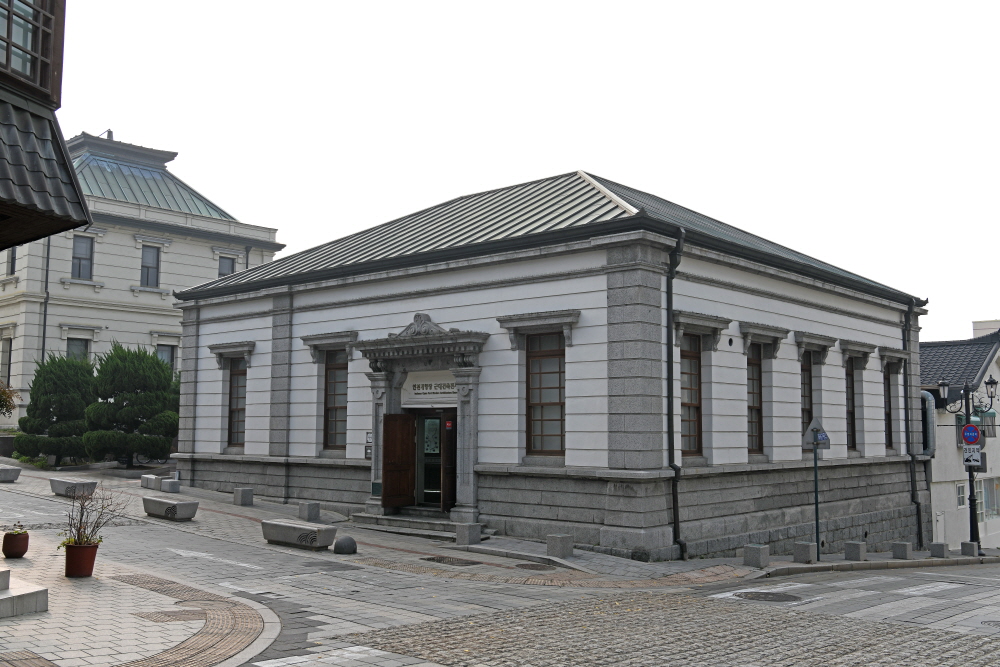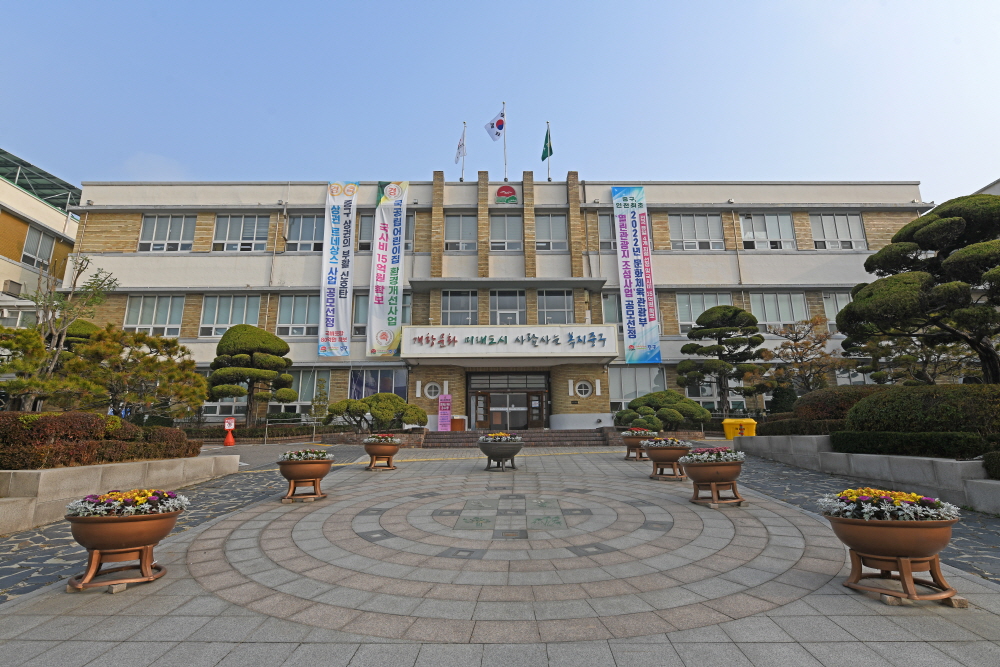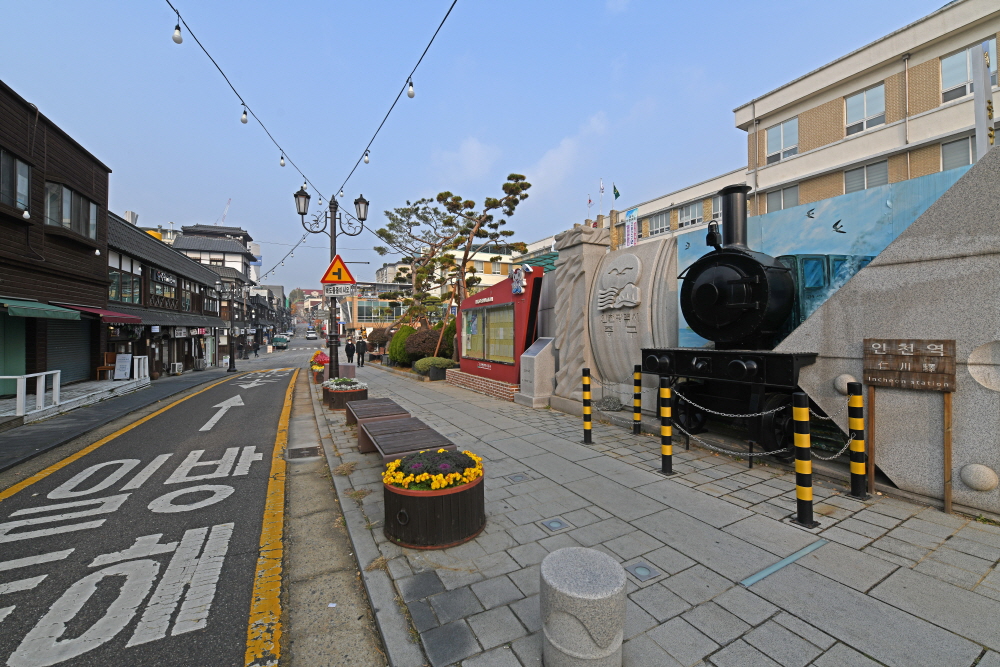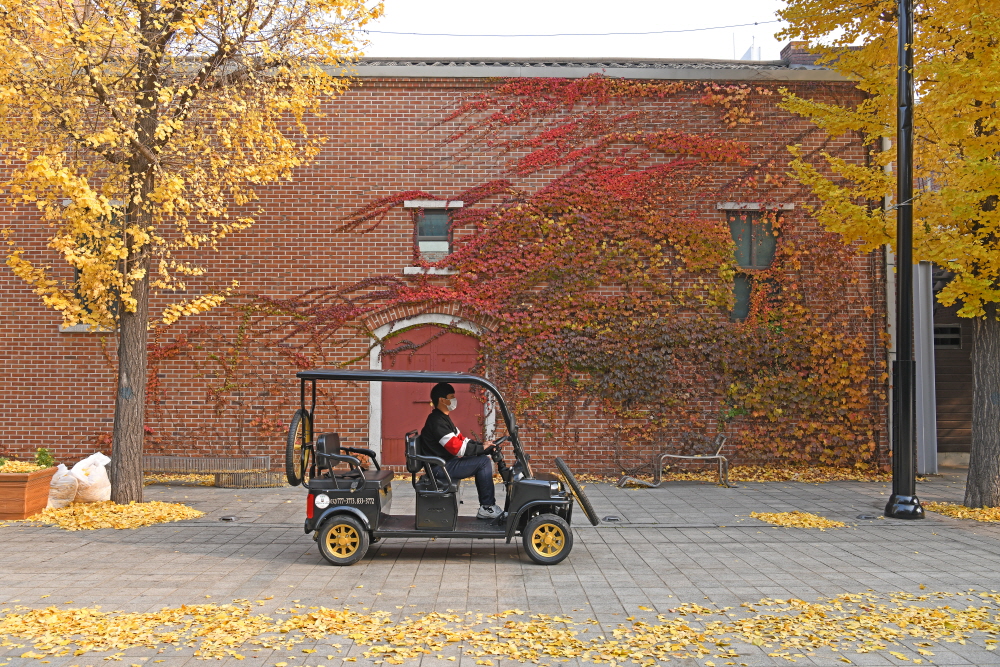A Trip ro China on an Electric Car
The first destination one visits on an electric car, reminiscent of a classic car, is Chinatown. Its massive archway, named pai-lou, hides the view that seems to bring visitors to a city in China. Incheon’s Chinatown was formed after the Incheon Port’s opening in 1883. It was the birthplace of the iconic noodles in black bean sauce (jajangmyeon), the most famous dish in Korean–Chinese cuisine. One of the most famous restaurants in Chinatown, Gonghwachun Restaurant now stands as a museum dedicated to noodles in black bean sauce as a Registered Cultural Heritage.
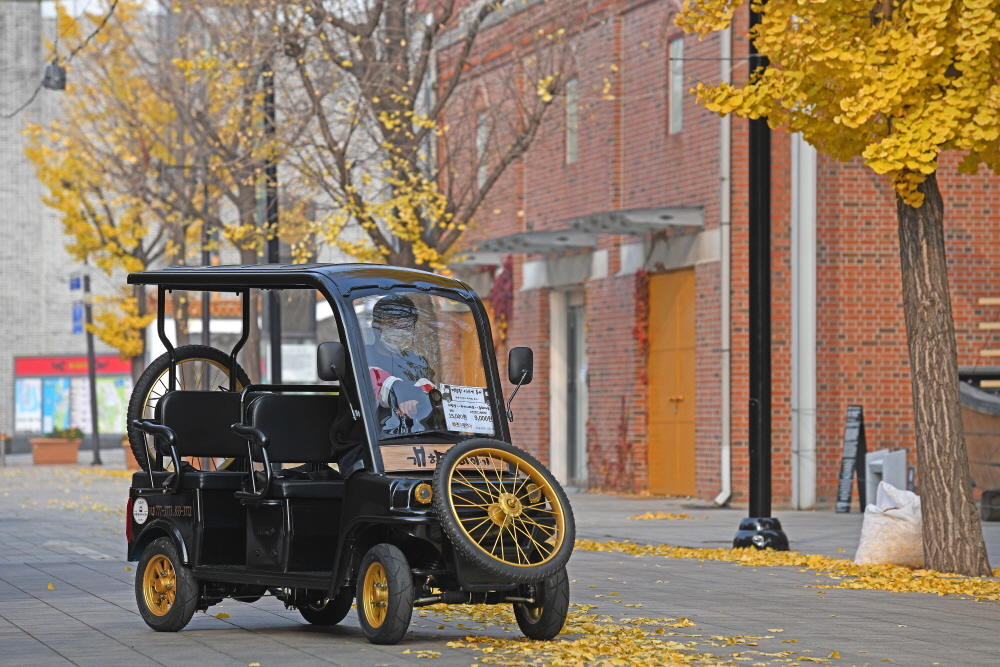
But dining in Chinatown is so much more than the legacy of noodles in black bean sauce. One can also find delightful treats such as dumplings baked in the oven, mooncakes filled with red beans or dried fruits, etc. Now that you’re driving across the neighborhood, these treats can be enjoyed in a “drive-through.”
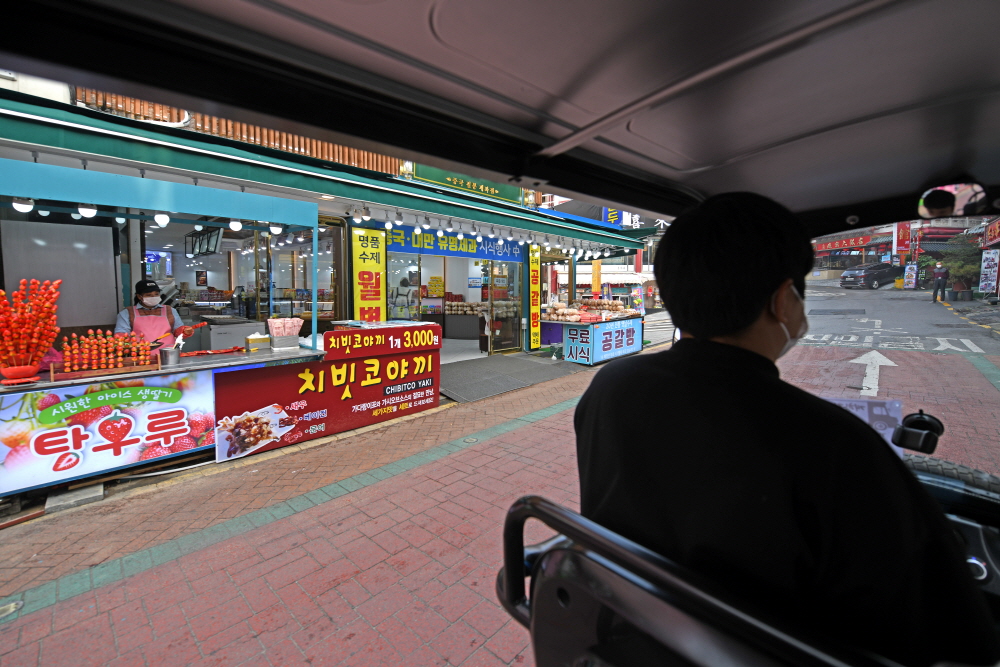
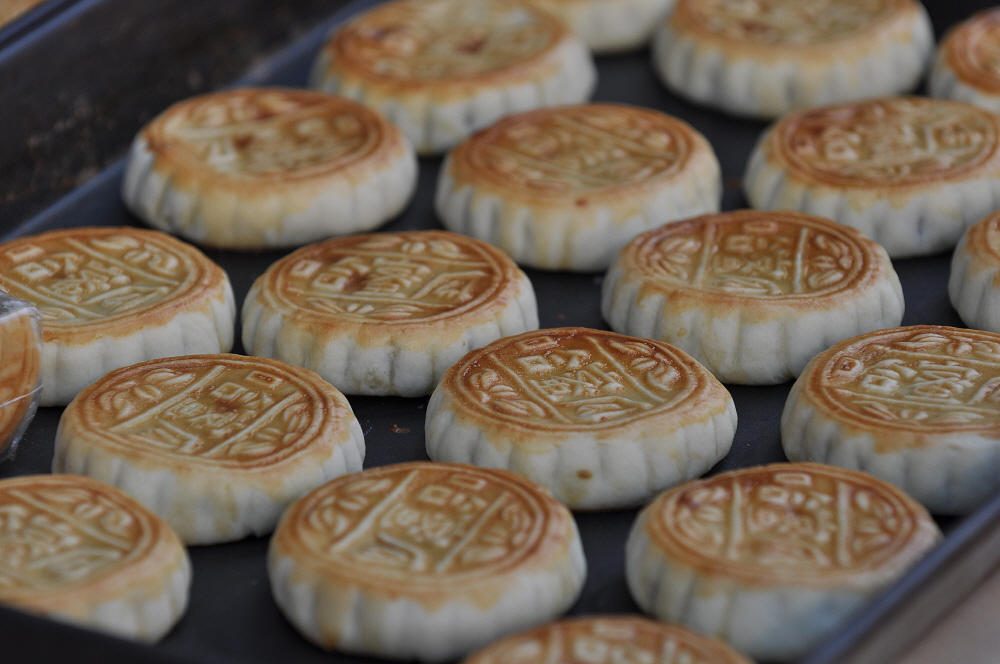
After passing by Uiseondang Temple, a rare example of a Chinese-style Buddhist temple in Korea, one will find the Songwol-dong Fairy Tale Village. If Chinatown was the settlement of the Chinese diaspora, Songwol-dong, the location of the Fairy Tale Village, was for Americans and Europeans.
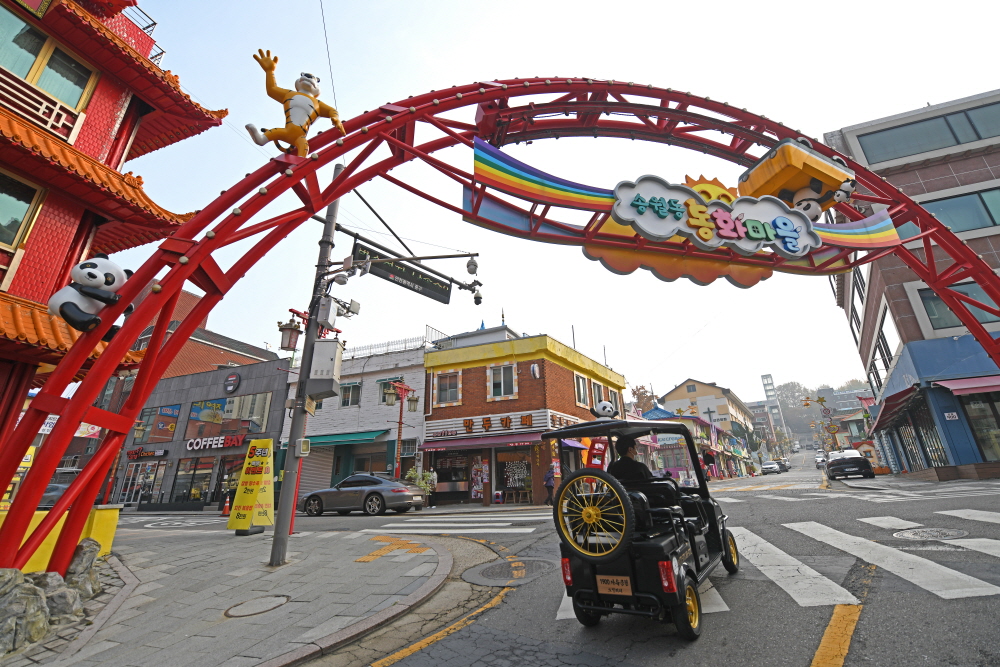
Like its name, Songwol-dong Fairy Tale Village is decorated with a fairy-tale theme. Familiar faces such as Pinocchio, Peter Pan, and Cinderella fill the village’s alleyways and buildings. What distinguishes Songwol-dong Fairy Tale Village is its focus on 3D presentation. Utility poles are colored green to bring Jack and the Beanstalk to life, while a three-story villa becomes the castle in which Snow White lives. Korean tales such as “Heungbu and Nolbu” join classical tales like “The Tortoise and the Hare” in trick art installations.
Jayu Park lies at the end of Donghwamaeul-gil road. Jayu Park predates Tapgol Park of Seoul, built in 1897 over nine years, making this the first modern park in Korea. Originally called Gakguk Park (“each nation’s park”), Jayu Park (“freedom park”) was renamed in memory of the Battle of Incheon, an amphibious landing operation that decisively defeated the North Korean offensive in the Korean War.
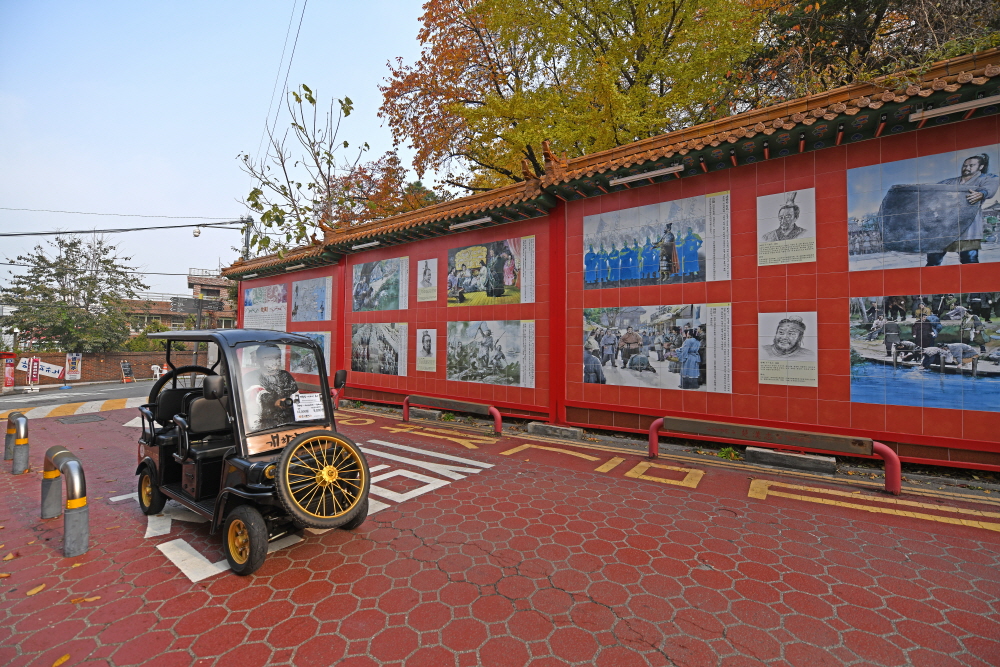
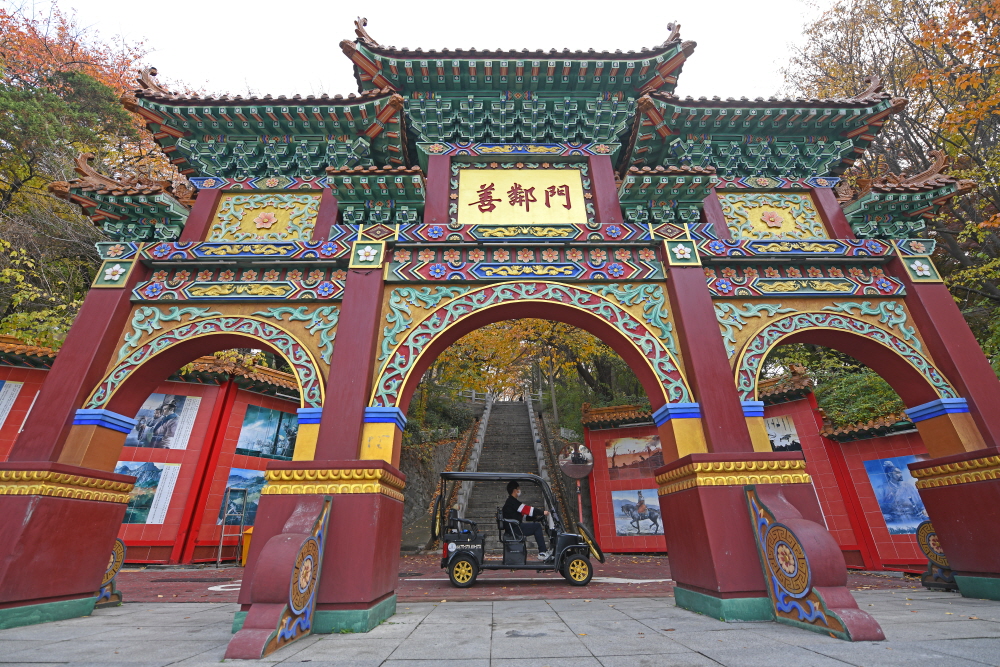
Another pai-lou, the Seollinmun Gate, can be found at the end of Chohanji Mural Street. Four main pai-lou lead to Chinatown, the first beingJunghwamun Gate across Incheon Station and the second being Inhwamun Gate next to the Korean-Chinese Cultural Center. The third is Seollinmun Gate. Then, what is the fourth pai-lou? The fourth pai-lou can be found at “1, Chinatown-ro” in the northern end of Songwol-dong Fairy Tale Village. It is Hanjungmun Gate. When the four pai-lou are connected, the outline of Incheon’s Chinatown is formed.



 668
668


